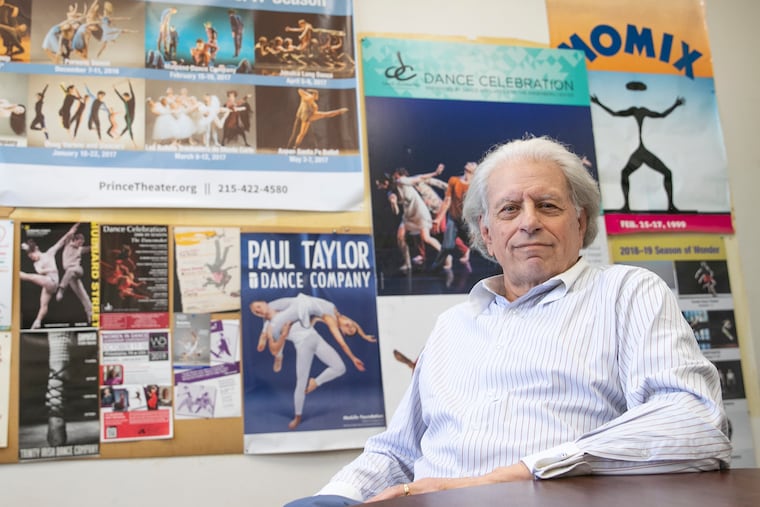Link copied to clipboard
Link copied to clipboard
Exclusive to subscribersYou can now gift articles
5 ways arts leader Randy Swartz, who retired during the pandemic, influenced dance in Philadelphia
Swartz presented more than 200 dance companies in 2,500 performances at the Annenberg and other Philadelphia theaters. Here are some of the ways Swartz influenced dance in Philadelphia.
